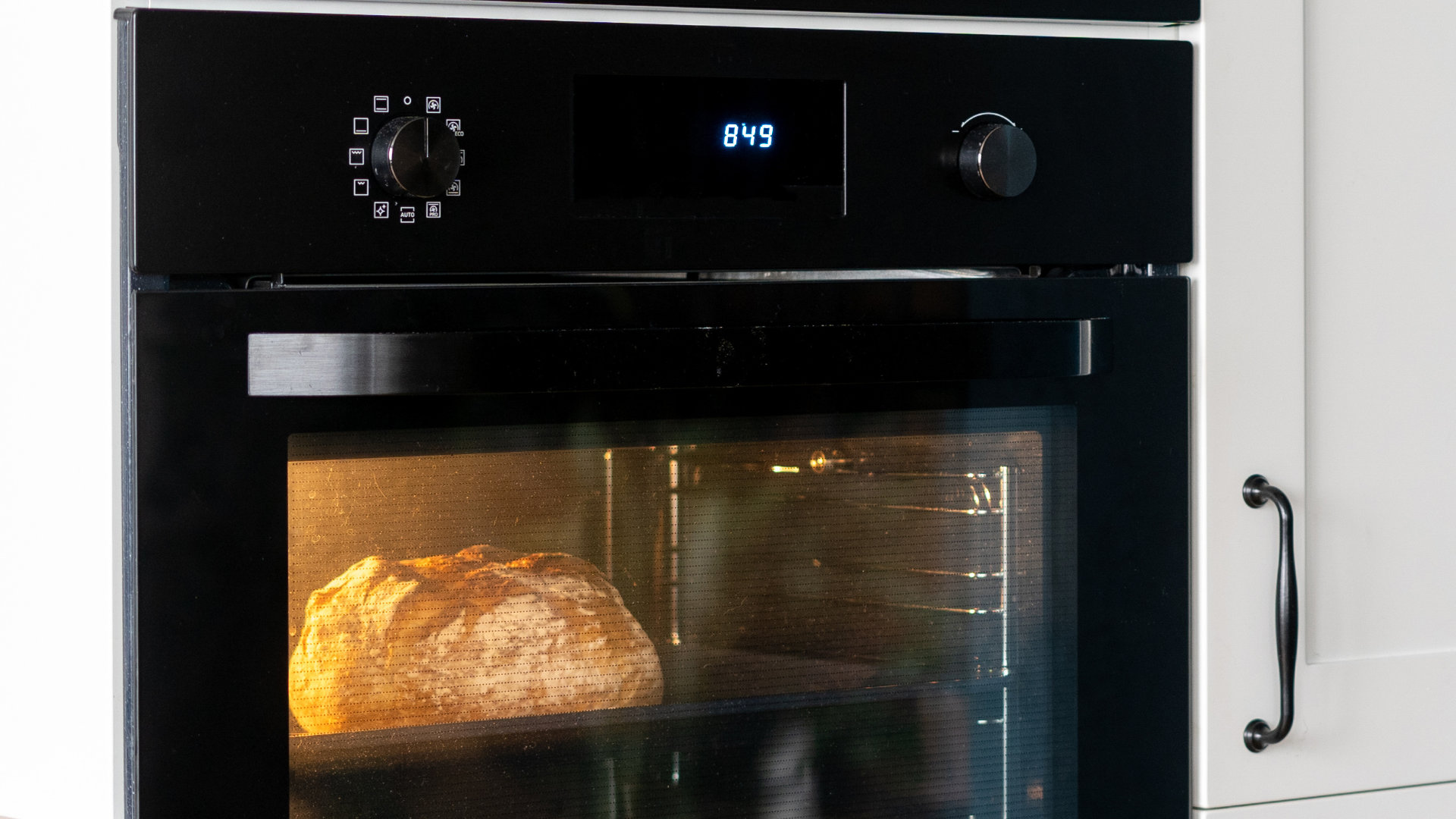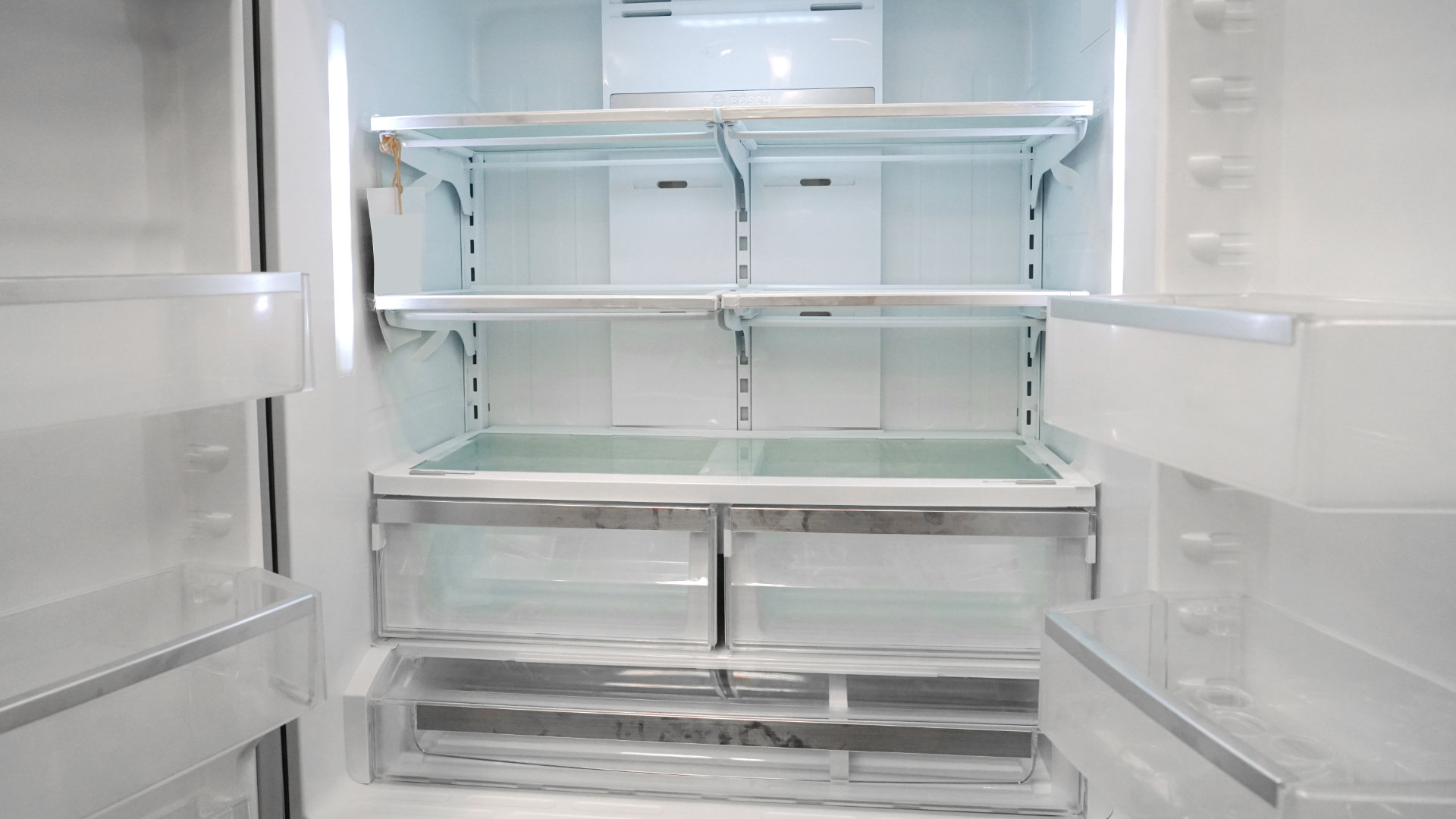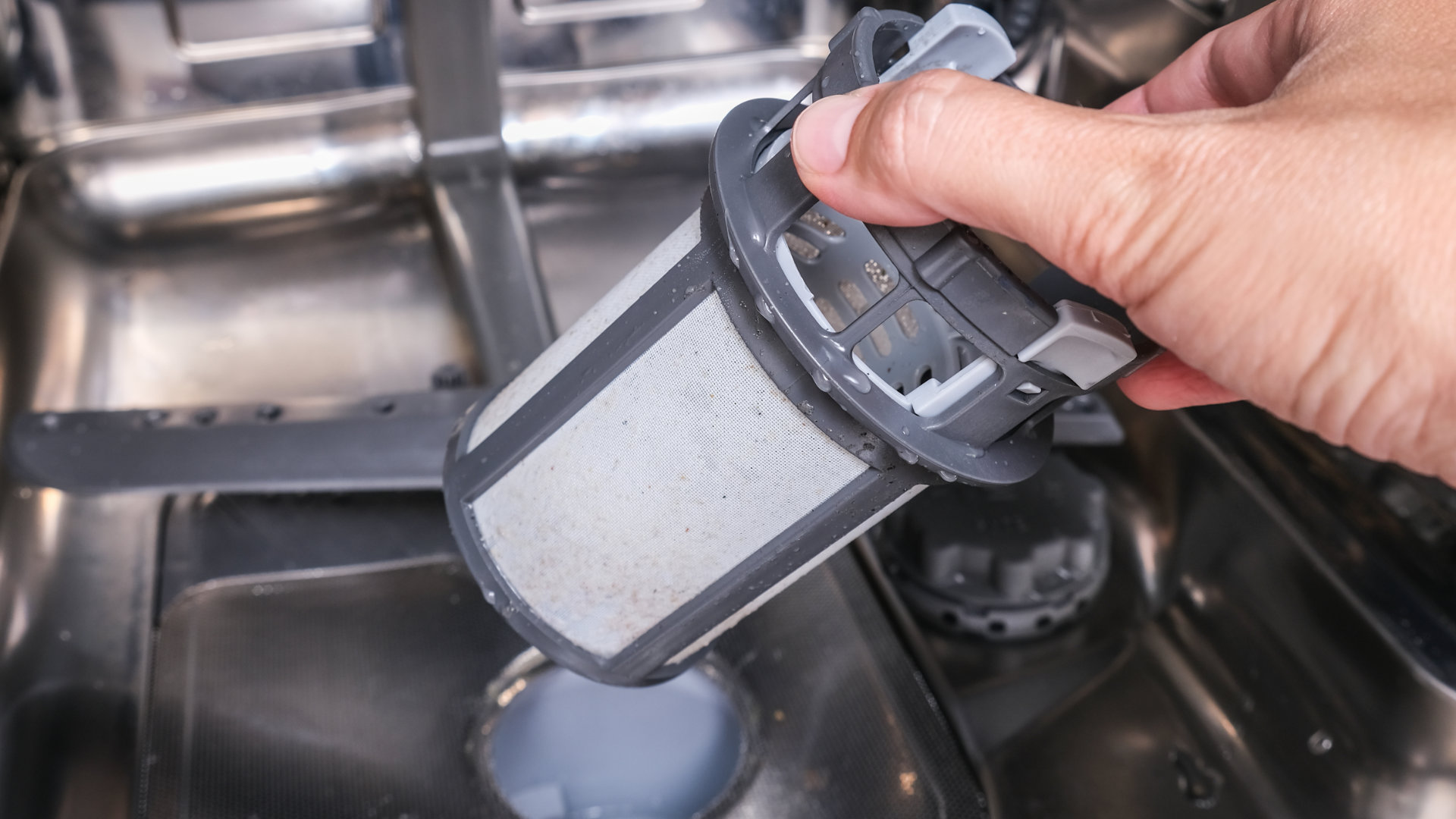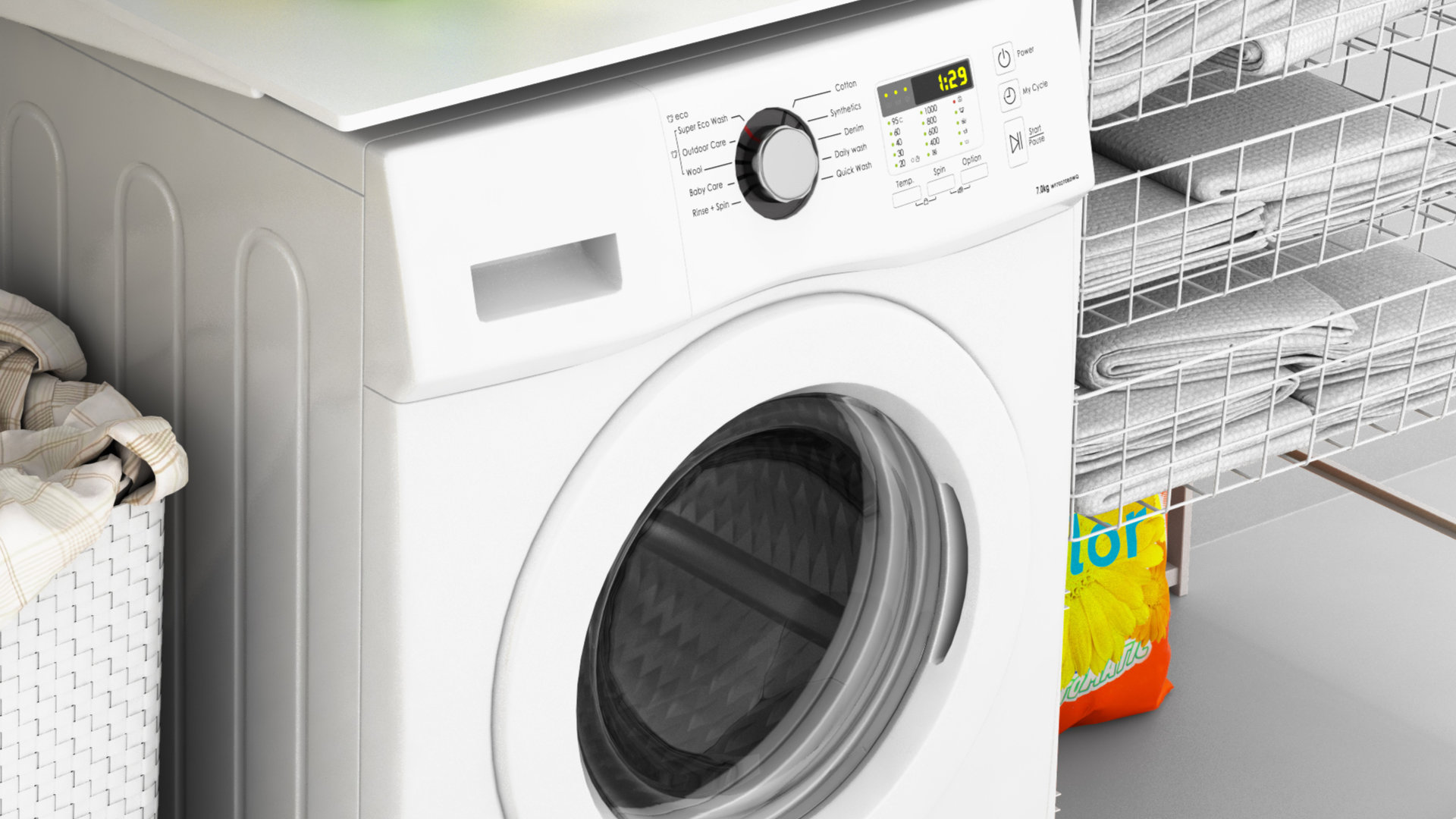
Installing a new oven isn’t usually that complicated. Essentially, all you need to do is position the oven and connect it to the power supply. Where it can be difficult and require some expertise is when the oven needs to be hardwired to the power supply. However, not to worry, our comprehensive guide was written to take you through the process, step by step.
Disclaimer
A range of ovens are on the market, and several methods for connecting the oven to the electricity can be used. Following the oven’s installation guide and reading the oven’s manual is the best way to determine how to install an electric oven.
Make sure you know what you’re doing. Hardwiring an oven isn’t overly complicated, but if you make a mistake, it could cause electrocution, a short circuit, or a house fire.
Before purchasing the oven
- Measure the space that the oven will occupy. Ensure the new oven will fit into the space.
- Check that the oven’s power supply is compatible with your home.
- Research local electrical codes to make sure the oven and its wiring are allowed.
Before you install the oven
- Turn off the power. Make sure the circuit your oven will occupy is turned off in the junction box or electrical panel. Also, make sure no one will turn the power back on while you’re working.
- If you’re hardwiring the oven, check that the circuit’s power is off with a multimeter. Touch the multimeter probes to the earth and live, earth and neutral, and neutral and live terminals; the multimeter should show no reading at any location.
- Make sure you have the required tools and work gloves to protect your hands.
- Consider putting down a blanket or a piece of linoleum or cardboard for the oven to sit on while you install it to protect the floor and the oven.
Prepare the oven
- Remove all the packaging from the oven.
- Position the oven close to where it will go.
- Make sure the oven’s cable is long enough to reach the power socket or junction box. The power socket or junction box could be on the back wall or hidden behind a cabinet.
If you need to connect the power cable to the oven
- Remove the screws that secure the panel that covers the power supply junction box or lower-access panel at the back of the oven.
- Remove the panel or cover.
- Remove any packaging or components needed for the installation, like hex nuts, that you find behind the panel or cover.
- Unscrew the strain relief from the power cord.
- Insert the tabs of the two clamp sections of the strain relief into the hole below the terminal block.
- Insert and tighten the screws to hold the two clamp sections together.
- Feed the power cord through the strain relief.
- If you have a three-wire cord, secure the middle neutral or white wire to the middle terminal block post with a hex nut. (For a four-wire cord, see below.)
- Tighten the nut with a nut driver.
- Secure the remaining power cord wires to the outer terminal block posts with hex nuts. The wires should be color-coded (neutral to neutral, earth to earth, and live to live).
- Make sure all the hex nuts are tight.
Four-wire power cord (grounding wire)
- Remove the ground link screw.
- Cut out the middle of the metal grounding strap. Then cut the remaining ground strap (it should have a hole for a screw) to get the ground link that you will secure to the ground wire later.
- Feed the power cord through the strain relief.
- Fit the grounding wire screw to the grounding wire and add the ground link (the screw should go through the hole in the ground link).
- Secure the grounding wire and ground link to the oven by tightening the screw.
- Secure the remaining wires, middle neutral wire first (like the three-wire instructions above).
- Make sure the hex nuts are tight.
- Tighten the strain relief screws to secure the cord.
- Reposition, and secure the access cover with its screws.
If you need to hardwire the oven’s power cable to a junction box
- Make sure the power to the junction box has been disconnected.
- Make sure you’re using a UL-listed or CSA-approved conduit connector to connect the flexible cable conduit from the oven to the junction box.
- Thread the cable through the conduit and into the junction box.
- Tighten the screws to secure the conduit.
- Depending on the power cable or the type of junction box, you may need to connect the wires with wiring nuts or secure them with screws.
- Typically, each cable wire will have a specific color that you can match to the junction box wiring (neutral to neutral, earth to earth, live to live, and ground to ground).
- If the junction box doesn’t have a grounding wire, connect the grounding wire from the oven’s cable to the white, neutral wire from the cable and the white neutral wire from the junction box.
- You may need to trim the insulation or cut a wire to make sure everything fits or connects properly.
After connecting the oven to the power supply
You may need help moving the oven.
- Position the oven in the center of the space.
- Remove anything you put down to protect the oven and the floor.
- Use a leveling tool to make sure the oven is leveled from left to right and front to back.
- Adjust the oven’s feet with a wrench or your fingers to make sure it’s level and at the right height.
- Make sure all of the packaging and protective cardboard has been removed from the oven.
- If the oven has screws to secure it to a cabinet, make sure they are tightly threaded.
The oven should now be installed and ready to use.
- Reconnect the power in the home’s junction box or electrical panel.
- Test the oven to make sure it works.

How to Reset a Whirlpool Refrigerator Ice Maker

6 Reasons Your LG Refrigerator Is Not Making Ice

Kenmore Fridge Ice Maker Not Working? 5 Ways to Fix It

How to Remove Fish Smell from Your Refrigerator

How To Fix Bosch Dishwasher E24 Error

Troubleshooting a Whirlpool Dishwasher Not Draining

Why Is Your Fridge Water Not Working, but Ice Is?

How to Fix the E15 Bosch Dishwasher Error Code

How Much Power Does a Microwave Use?

How to Properly Clean Refrigerator Coils

How to Fix an LG Washer Showing OE Error Code

Troubleshooting a GE Dishwasher with No Power and No Lights

10 Reasons Why Your Bosch Dishwasher Won’t Start

Troubleshooting the F5 Error Code with a Maytag Washer


